Exploring Jazz Fusion Genre Defining Songs: A Comprehensive Guide
Jazz fusion, a captivating blend of diverse musical genres, has redefined the boundaries of modern music. By merging elements from jazz, rock, funk, and world music, jazz fusion emerged as a groundbreaking genre that continues to inspire artists and audiences alike. In this guide, we delve into the essence of jazz fusion, uncovering what makes a song truly defining within this genre. From understanding its core elements to identifying its unique characteristics, we explore how jazz fusion transcends traditional boundaries, creating a dynamic and innovative sound. Whether you’re a seasoned music enthusiast or new to the genre, this guide offers insights into the key aspects of jazz fusion, highlighting iconic tracks and the artists who shaped this remarkable movement. Join us as we traverse the complexities of jazz fusion, answering pressing questions and providing a detailed exploration of its evolution and impact.
Key Takeaways
- Blends genres such as jazz, rock, funk, and Latin music to create a unique sound.
- Features a mix of traditional and non-traditional instruments, enhancing texture and diversity.
- Utilizes complex harmonies, modulations, and extended chords for an adventurous sound.
- Employs dynamic, groove-oriented rhythms that support improvisation.
- Integrates solos seamlessly with the ensemble for cohesive performances.
- Often includes structured compositions with themes and developmental sections.
- Reflects cultural influences from around the world, broadening its appeal.
- Originated from the fusion of ragtime and blues, laying the foundation for jazz.
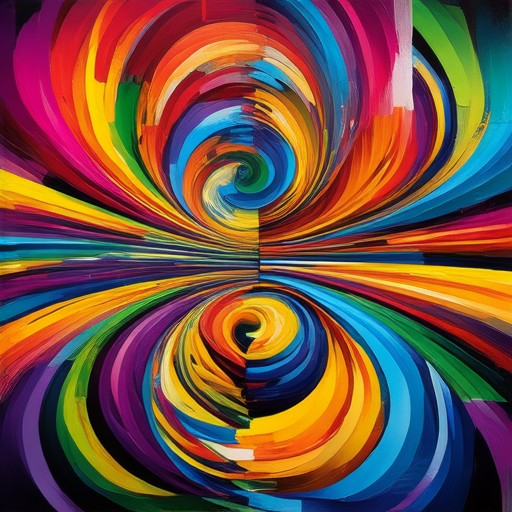
What Makes a Song Jazz Fusion?
A jazz fusion song is characterized by its blending of jazz with other musical genres, resulting in a dynamic and innovative sound. Here are the key elements that define jazz fusion:
- Instrumentation : Jazz fusion typically features a combination of traditional jazz instruments like saxophones, trumpets, and drums, alongside electric instruments such as electric guitars, synthesizers, and bass guitars. This mix allows for a broader range of tonal possibilities and textures.
- Complexity and Arrangement : Fusion pieces often have intricate compositions and lengthy solos, showcasing advanced harmony and improvisation. The arrangements are usually more elaborate than straight jazz, incorporating elements from rock, funk, and even classical music.
- Influence and Innovation : Jazz fusion draws inspiration from various genres, including rock, funk, and world music. Artists like Herbie Hancock, Chick Corea, and Weather Report exemplify this innovation, pushing boundaries and creating unique sounds.
- Improvisation and Expression : Similar to traditional jazz, fusion emphasizes improvisation. However, the freedom allowed by new instruments and influences leads to more experimental and diverse expressions.
- Cultural Impact : Fusion has historically bridged gaps between different music communities, fostering collaboration between jazz musicians and artists from other genres. This cross-pollination has made fusion music more accessible and influential across a wider audience.
By combining these elements, a jazz fusion song creates a captivating and boundary-pushing auditory experience that reflects the genre’s dynamic nature and cultural significance.
Jazz Fusion: An Overview
Jazz fusion is a dynamic and innovative musical genre that emerged in the late 1960s, blending elements of traditional jazz, rock, funk, and classical music. This genre has evolved significantly over the years, embracing a wide range of sounds and techniques.
Key Characteristics of Jazz Fusion
- Instrumentation: Jazz fusion often features a larger lineup of instruments compared to traditional jazz. Common instruments include electric bass, drums, keyboards, and horns, alongside the usual saxophones and guitars.
- Influences: The genre draws from various musical styles, including Latin rhythms, African beats, and European classical compositions, resulting in a unique and diverse sound.
- Improvisation: Similar to traditional jazz, jazz fusion emphasizes spontaneous improvisation, allowing musicians to explore creative solos and harmonies.
- Song Structures: While some tracks may retain a free-form approach, others incorporate structured songwriting with clear verses, choruses, and solos.
- Cultural Impact: Jazz fusion has had a profound influence on numerous music genres, including hip-hop, electronic music, and contemporary jazz.
Notable artists who have contributed significantly to jazz fusion include Herbie Hancock, Weather Report, and Chick Corea. These musicians have pushed the boundaries of the genre, introducing elements from various cultures and musical traditions.
Tiger Funk is a great resource for exploring jazz fusion and related genres, offering in-depth articles, artist profiles, and album reviews. Visit Tiger Funk to dive deeper into the world of funk, soul, and jazz fusion.
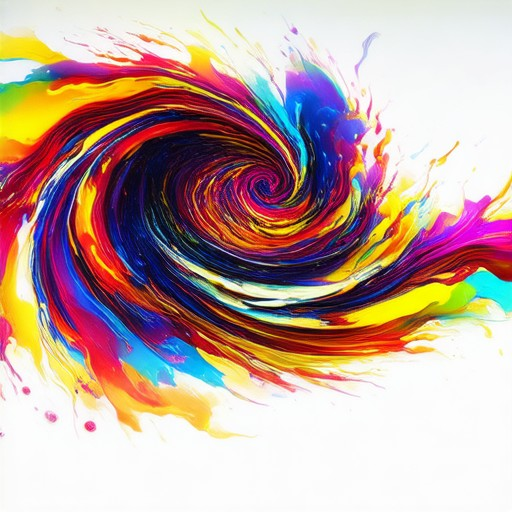
How to Identify Fusion Jazz?
To identify fusion jazz, consider the following key characteristics:
- Understanding Core Elements : Fusion jazz combines traditional jazz improvisation with influences from rock, funk, Latin, and world music. It often features complex rhythms, extended harmonies, and innovative instrumentation.
- Notable Artists : Listen to artists like Herbie Hancock, Weather Report, and Mahavishnu Orchestra, who are known for pioneering fusion jazz.
- Musical Characteristics :
- Instrumentation : Fusion jazz frequently uses electric guitars, synthesizers, and unusual rhythms compared to traditional jazz.
- Melodic Structure : Melodies may be more fluid and less predictable, often incorporating elements from other genres.
- Rhythmic Complexity : Rhythms are often polyrhythmic, with influences from African and Latin music.
- Cultural Impact : Fusion jazz has significantly influenced modern music, blending with hip-hop, electronica, and contemporary jazz.
- Iconic Albums : Look for albums like “Head Hunters” by Herbie Hancock or “Aja” by Steely Dan.
- Platforms to Explore : Check out platforms like Spotify, Apple Music, or YouTube for curated fusion jazz playlists and live performances.
By focusing on these elements, you can distinguish fusion jazz from traditional jazz and other genres.

Structure of Jazz Fusion
Jazz fusion is a genre characterized by the blending of jazz with other musical styles, resulting in a complex and dynamic structure. Below is a breakdown of its key components:
- Instrumentation : Jazz fusion often features a mix of traditional jazz instruments like saxophones, trumpets, and drums, combined with non-traditional ones such as electric guitars, synthesizers, and even elements from world music. This diversity allows for a wider range of sounds and textures.
- Harmony : Unlike traditional jazz, which relies on simple chord progressions, jazz fusion incorporates complex harmonies, modulations, and extended chords. This leads to a more adventurous and sometimes dissonant sound.
- Rhythm : Fusion often employs a driving, groove-oriented rhythm similar to funk or rock. This rhythmic foundation supports lengthy improvisations and provides a solid base for soloists and ensembles to build upon.
- Soloing : Solos in jazz fusion tend to be more integrated into the overall structure, often featuring intricate interactions between players rather than isolated solo spots. This collaborative approach leads to more cohesive performances.
- Composition : Many fusion pieces are composed in a more structured manner, often with themes, motifs, and developmental sections. This contrasts with the more spontaneous nature of traditional jazz.
- Influence and Evolution : Fusion has evolved over time, absorbing influences from rock, funk, Latin music, and even classical forms. This eclectic approach has led to a diverse array of subgenres within the fusion umbrella.
Through its innovative blend of styles and techniques, jazz fusion has redefined musical boundaries and continues to inspire new generations of musicians.
What Are the Key Musical Elements That Make Fusion Sound Like Fusion?
Fusion music is a unique blend of various genres, techniques, and cultural influences, creating a distinct sound that sets it apart from traditional music forms. Here are the key elements that define the essence of fusion:
- Genre Blending : Fusion music combines elements from different genres such as jazz, rock, funk, Latin, and world music, creating a seamless mix that defies conventional boundaries.
- Instrumentation : Fusion often features a variety of instruments, including electric guitars, synths, drums, basses, and even unconventional combinations like horns and strings, which work together to create complex textures.
- Tempo Variation : Fusion music often fluctuates between fast-paced rhythms and slower, more reflective passages, adding dynamicism to the overall composition.
- Improvisation : A hallmark of fusion, spontaneous improvisation allows musicians to explore creative ideas in real-time, giving the music a fresh and unpredictable feel.
- Lyrics and Vocal Arrangements : Fusion can incorporate multilingual lyrics and innovative vocal arrangements, further enriching the musical narrative.
- Cultural Influences : Fusion draws from diverse cultural traditions, reflecting the global nature of modern music and blending sounds from different regions into a cohesive piece.
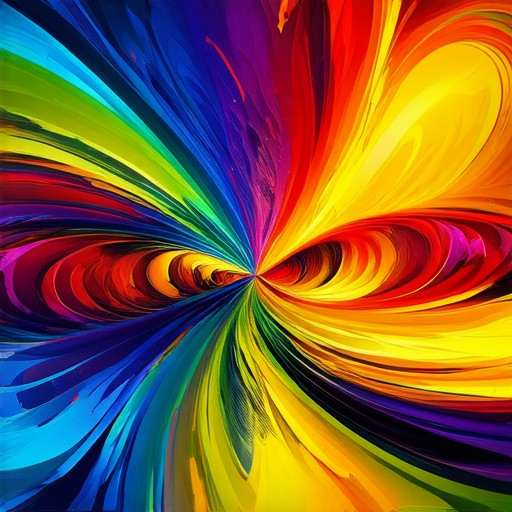
What Two Major Musical Influences Is Jazz a Fusion Of?
Jazz is primarily considered a fusion of two major musical styles: ragtime and blues . These styles blended together during the early 20th century to create the foundation of jazz as we know it today.
- Ragtime: Originating in the late 19th and early 20th centuries, ragtime was characterized by its syncopated rhythms, syncopation, and use of a piano or keyboard as the primary rhythm instrument. It incorporated elements of African American folk music and European classical traditions, laying the groundwork for the improvisational nature of jazz.
- Blues: The blues emerged in the late 19th and early 20th centuries, primarily among African American communities in the Southern United States. It is marked by its use of a specific chord structure, call-and-response patterns, and emotional expression. The blues influenced jazz through its emphasis on improvisation and the use of “blue notes,” which are pitches that are played sharp or flat compared to the natural scale.
These two styles intersected in New Orleans, Louisiana, during the 1920s, giving rise to what became known as New Orleans jazz. The combination of ragtime’s structural elements and blues’ emotional depth created a unique musical form that would evolve into the jazz genre we recognize today.

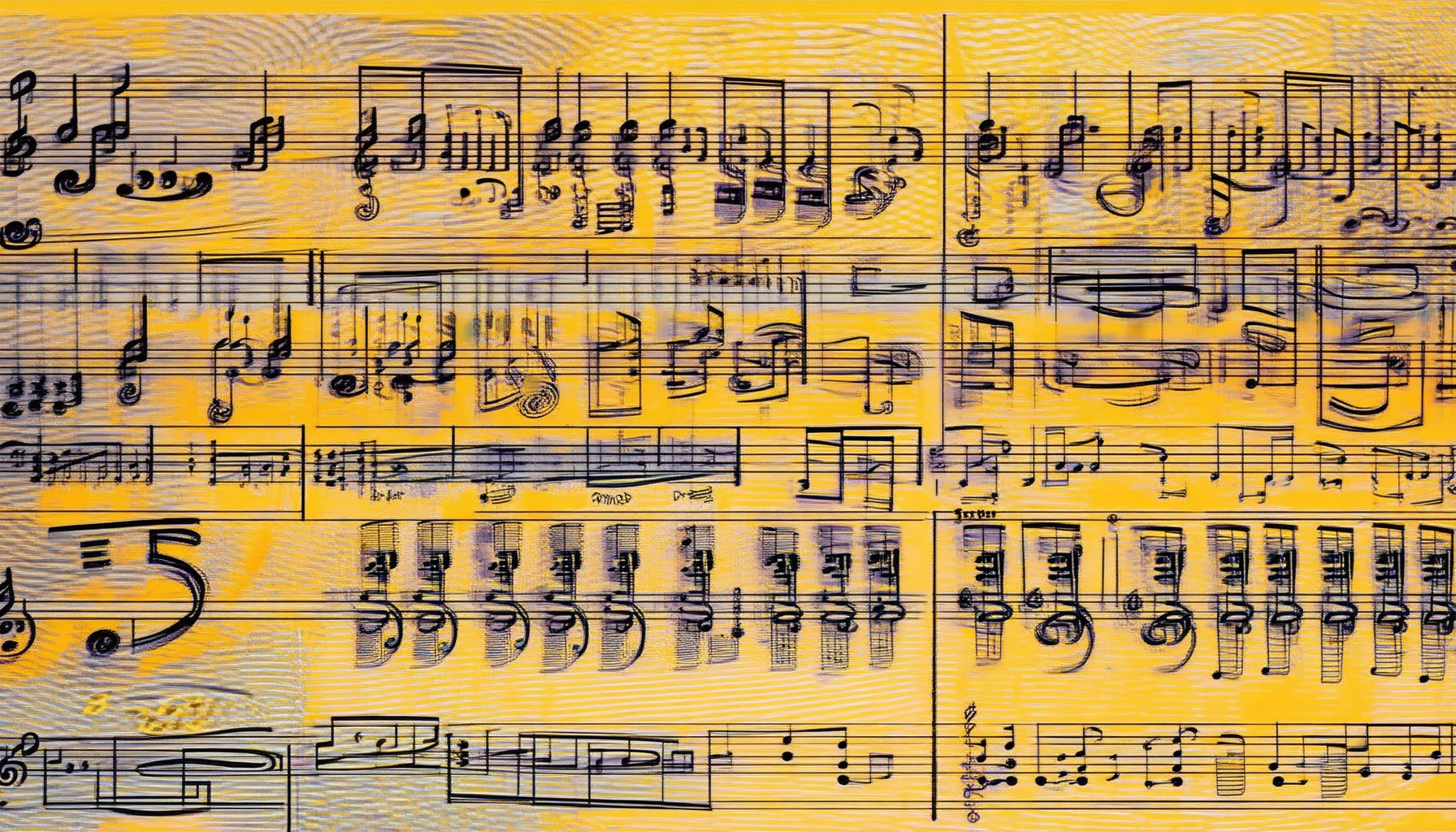

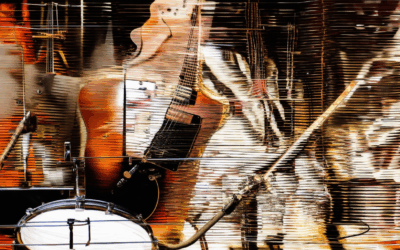
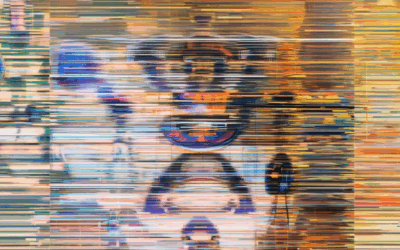
0 Comments